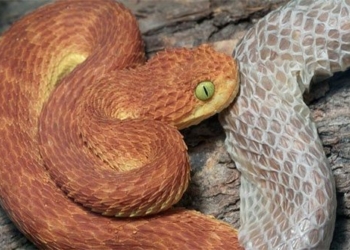In the glorious era of technology, we have been able to create and control countless materials to meet various human needs. However, there is one type of material that always carries an air of mystery, sparking the curiosity and endless exploration of scientists and engineers.
It is as hard as steel yet can withstand prolonged exposure to fire without melting. It is the metal crucible material, an object that seems ordinary yet possesses astonishing properties.
As the pace of scientific and technological development continues to accelerate, more and more people are investing in the research and application of metal crucible materials, hoping to uncover its hidden secrets to meet increasingly complex production needs.
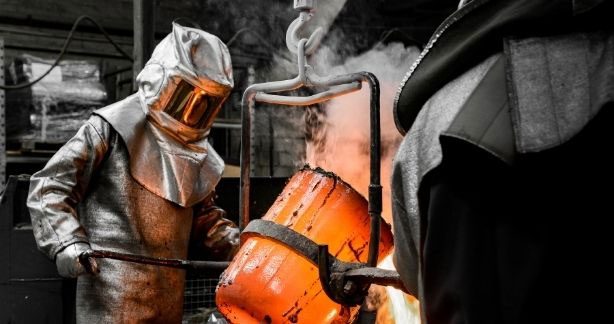
In industrial experiments and processes, high-temperature stability means that the material can withstand challenges such as thermal pressure, thermal shock, and chemical corrosion in high-temperature environments, ensuring the stability and safety of experiments and industrial processes. (Image: Zhihu).
Common Materials for Metal Crucibles
- Quartz Metal Crucibles: Quartz metal crucibles are among the most commonly used metal crucible materials, known for their high-temperature stability and good chemical stability. Quartz has a high melting point, a low thermal expansion coefficient, and excellent corrosion resistance, making it ideal for high-temperature experiments and heating processes.
- Graphite Metal Crucibles: Graphite metal crucibles can withstand extreme temperatures of up to 3000°C. Additionally, graphite has a low thermal expansion coefficient, allowing it to minimize the impact of thermal stress when there are significant temperature changes.
- Ceramic Metal Crucibles: Ceramic crucibles are typically made from hard ceramic materials such as alumina, zirconia, and silicon oxide. These materials exhibit good chemical stability and high-temperature resistance, capable of withstanding environments up to 1700°C. The advantages of ceramic crucibles also include low thermal conductivity, low thermal expansion coefficients, and high mechanical strength.
High-temperature stable metal crucible materials play a crucial role in various industrial heating processes.
High-temperature stable metal crucible materials can resist corrosion and erosion from molten metals and alloys at high temperatures, ensuring the stability and continuity of the melting process. For instance, in the semiconductor manufacturing process in the electronics industry, quartz metal crucibles are widely used for the preparation of molten silicon and other metal alloys.
Moreover, metal crucibles play an important role in thermal analysis of materials. For example, graphite crucibles are commonly used in thermal analysis techniques and differential scanning calorimetry to measure changes in mass and thermal reaction characteristics of samples.
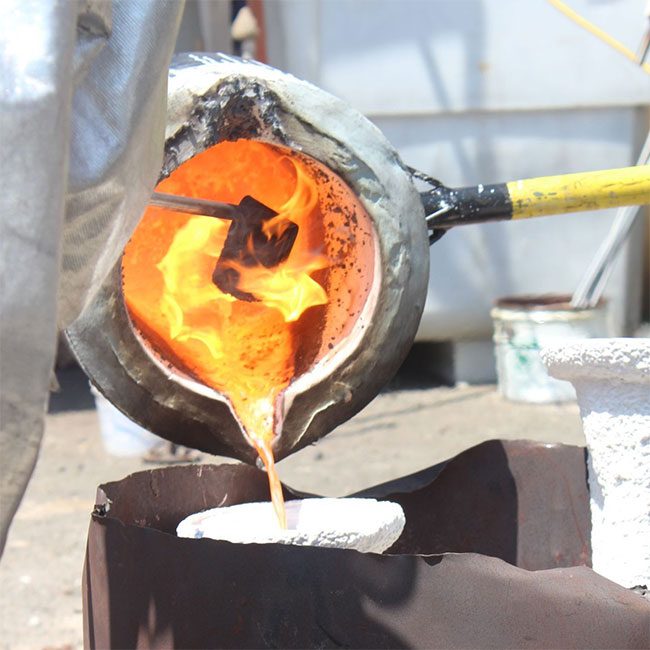
Metal crucibles are frequently employed in laboratory and industrial applications for high-temperature tasks such as heating, combustion, melting, and coking. Choosing the right material for metal crucibles is essential for the smooth execution of experimental and industrial processes. (Image: ZME).
Ceramic materials offer excellent corrosion resistance, particularly at high temperatures and in corrosive environments. Alumina ceramics are among the most widely used melting materials, appreciated for their high hardness, excellent wear resistance, and strong corrosion resistance. Additionally, ceramic materials such as silicon carbide, silicon nitride, and zirconium oxide are also commonly selected for melting applications, as they have higher melting points, better chemical stability, and can withstand more complex corrosive conditions.
Graphite materials are another popular metal crucible material that also exhibits good corrosion resistance. Graphite remains stable at high temperatures and in corrosive environments, making it extensively used in various industrial and specialized experimental applications. Graphite metal crucibles not only withstand high temperatures but also possess good corrosion resistance against acids, alkalis, and certain organic solvents.
For specific applications requiring special properties, composite metal crucibles may be necessary to leverage different materials effectively. For example, composite metal crucibles made of ceramic-coated graphite can provide both high-temperature stability and excellent corrosion resistance.
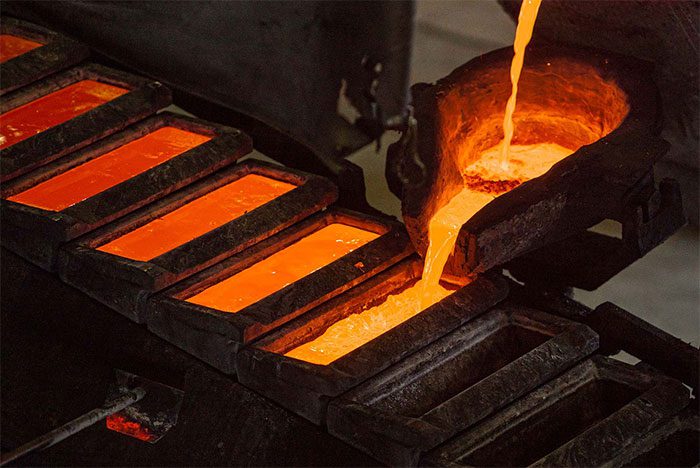
High-temperature stable metal crucible materials can be used for combustion experiments, such as oxygen bombs, gas generators, and combustion process analysis. Metal crucibles are increasingly utilized in high-temperature combustion experiments, particularly in the nuclear and chemical industries, due to their high melting points and fire resistance. (Image: Zhihu).
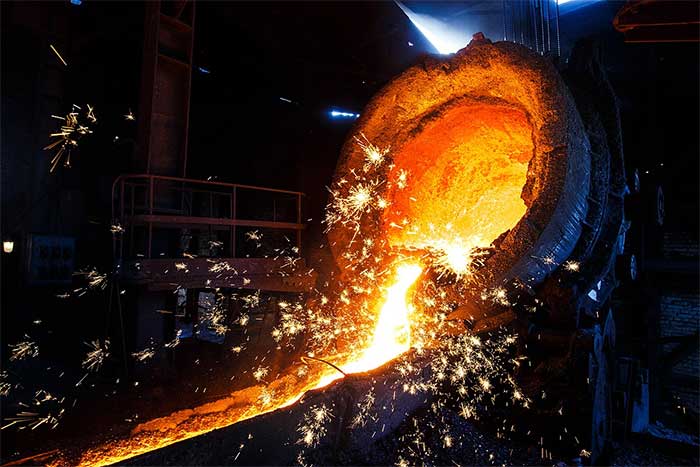
Although the thermal conductivity characteristics of metal crucible materials provide many advantages, there are also some potential issues to be aware of. Due to their good thermal conductivity, melting materials can easily experience thermal expansion under high-temperature conditions, leading to breakage. Therefore, when using metal crucible materials, appropriate material selection and design are necessary to avoid this phenomenon. (Image: Zhihu).









































